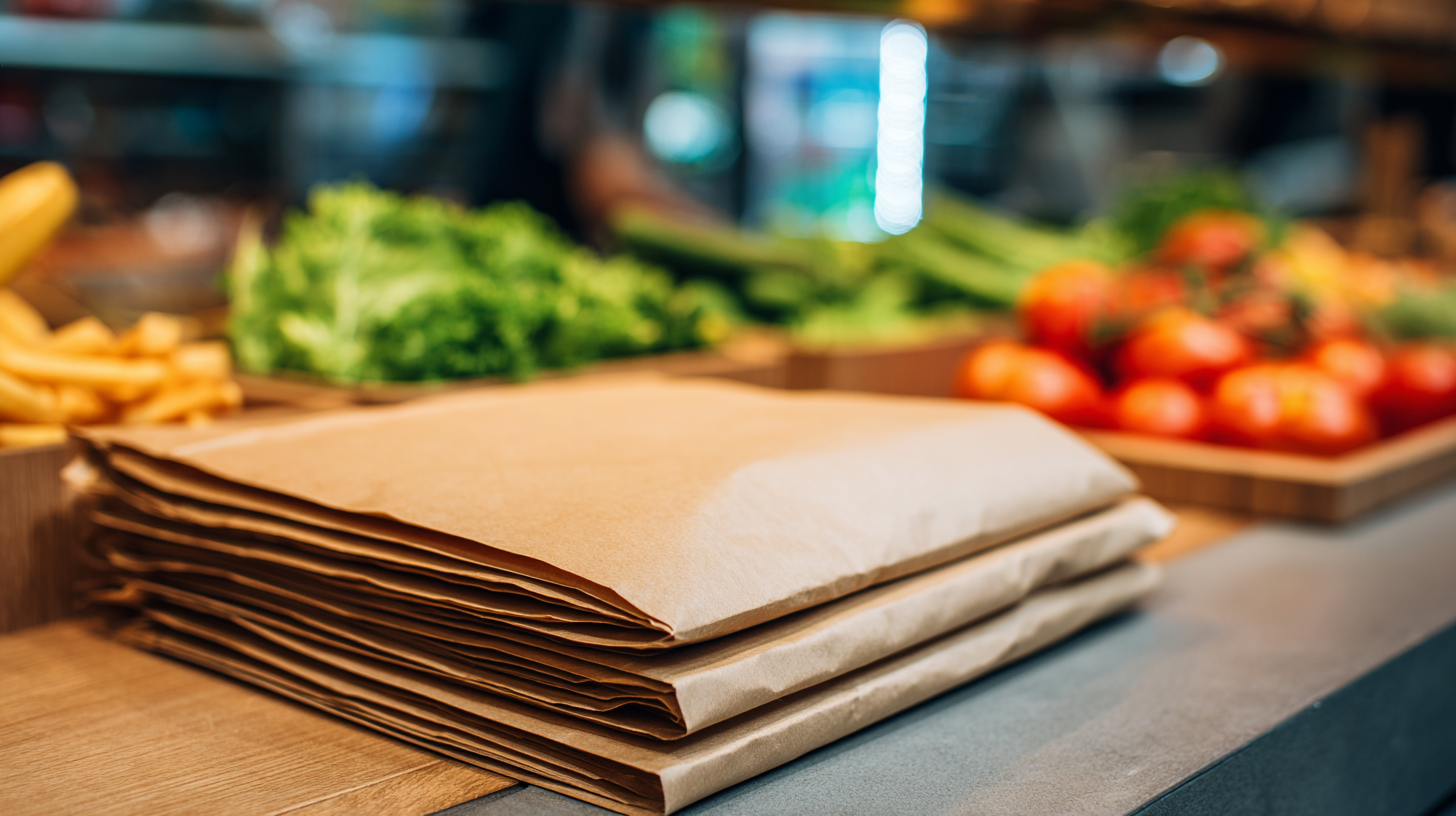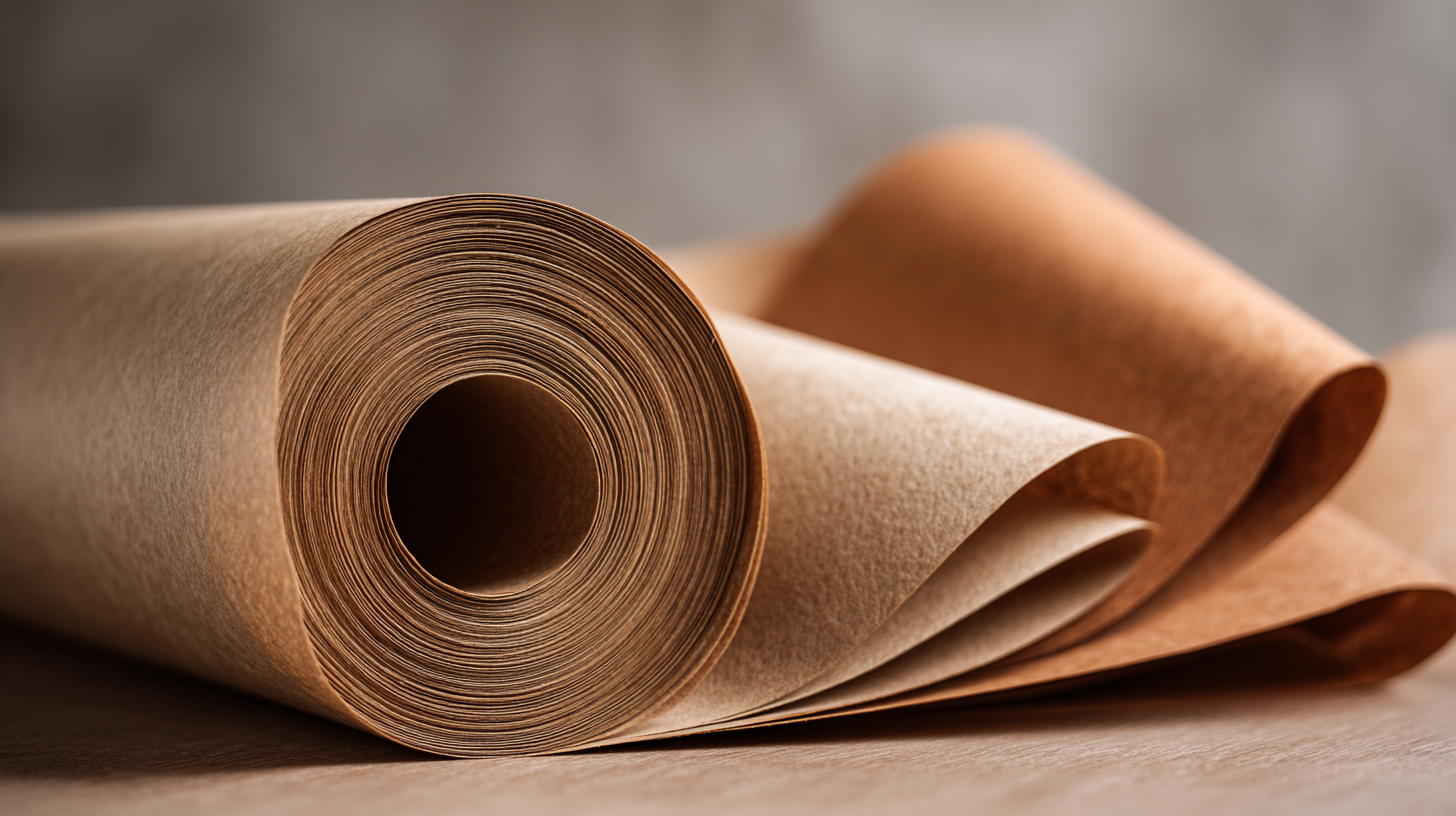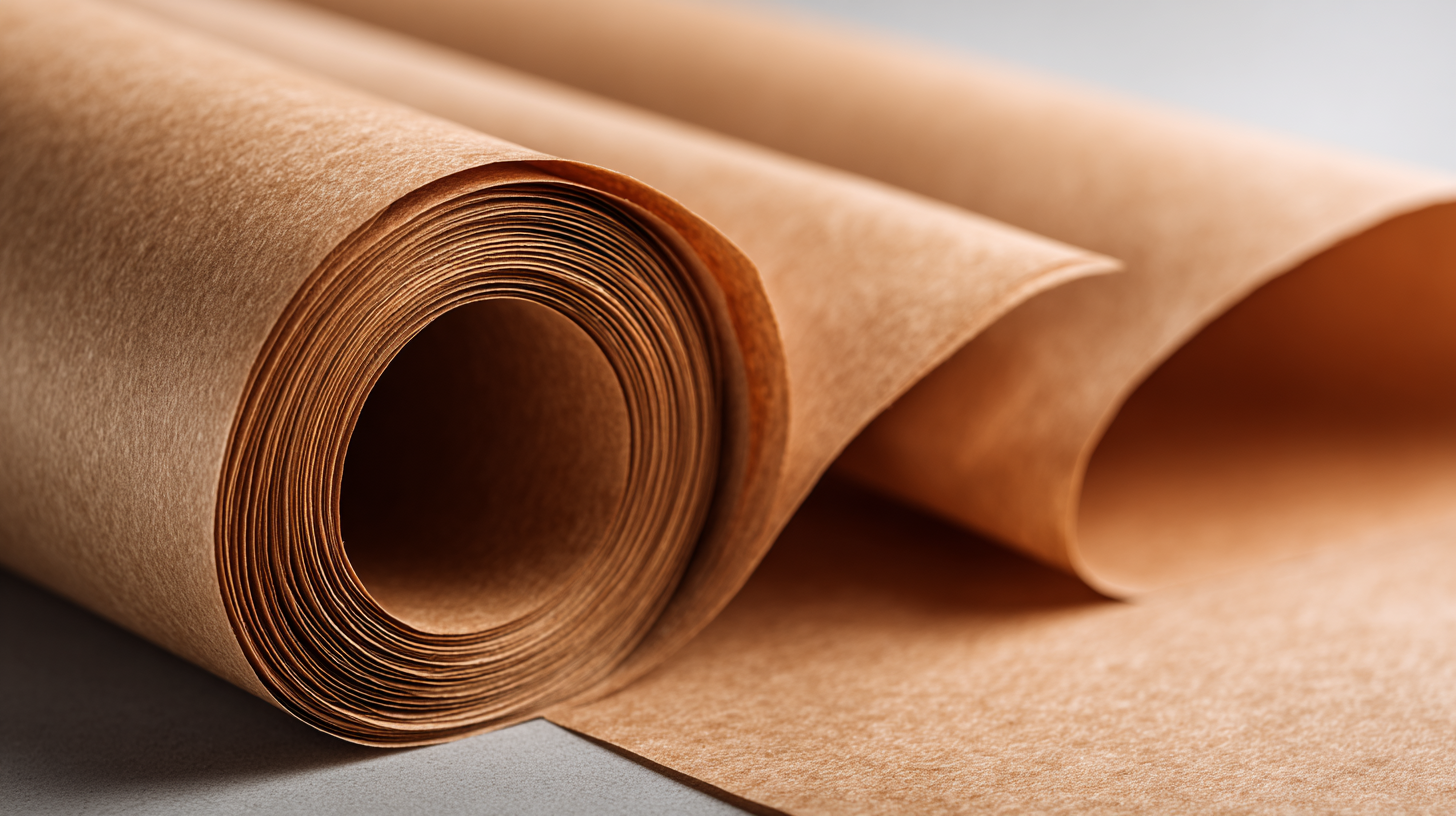The Environmental Impact of Food Paper Products on Sustainable Packaging Solutions
The growing concern over environmental sustainability has led to an increased focus on the impact of food paper products within the packaging industry. According to a report by Smithers Pira, the global market for sustainable packaging is projected to reach $1 trillion by 2024, highlighting the importance of innovative materials and practices in reducing environmental footprints.
 Food paper, which includes materials such as corrugated containers, cartons, and wrapping papers, plays a significant role in food packaging, accounting for approximately 30% of the total packaging market. However, the production and disposal of these products can contribute to deforestation and increased waste, which poses challenges to achieving sustainability goals.
In light of these issues, exploring sustainable packaging solutions that involve food paper is essential in mitigating ecological damage while meeting the increasing demand for environmentally responsible food packaging options.
Food paper, which includes materials such as corrugated containers, cartons, and wrapping papers, plays a significant role in food packaging, accounting for approximately 30% of the total packaging market. However, the production and disposal of these products can contribute to deforestation and increased waste, which poses challenges to achieving sustainability goals.
In light of these issues, exploring sustainable packaging solutions that involve food paper is essential in mitigating ecological damage while meeting the increasing demand for environmentally responsible food packaging options.
Understanding Food Paper Products and Their Environmental Footprint
Food paper products, such as take-out containers, napkins, and wrappers, play a significant role in the packaging industry. While they are often perceived as sustainable due to their biodegradable nature, the environmental impact of their production and disposal is a complex issue. These products typically require extensive resources like water and energy, and their lifecycle contributes to deforestation and pollution. Understanding their environmental footprint is essential in promoting sustainable packaging solutions that do not compromise ecological integrity.
Tips: To minimize the environmental impact of food paper products, consider choosing packaging made from recycled materials or certified sustainable sources. Supporting brands that prioritize eco-friendly practices can help drive the shift towards more responsible consumption. Additionally, take part in local recycling programs to ensure that these materials are processed correctly, thereby reducing landfill waste.
By being mindful of our choices regarding food paper products, we can influence the market towards more sustainable alternatives. Organizations and consumers alike can contribute to a circular economy by advocating for innovations in biodegradable materials and reducing unnecessary packaging. With informed decisions and collective efforts, we can work towards a more sustainable future in the food service industry.

Evaluating the Sustainability of Paper vs. Plastic Packaging
The debate between paper and plastic packaging has gained significant traction as industries strive for sustainable solutions. According to a 2021 study by the American Forest & Paper Association, paper products accounted for about 66% of the packaging market, emphasizing their growing prevalence. While paper is often perceived as the more environmentally friendly option due to its biodegradability and renewable nature, it's crucial to assess the entire lifecycle and environmental impact. For instance, the production of paper can be resource-intensive, requiring substantial water and energy, which may not always result in a smaller carbon footprint when compared to plastic.
Conversely, plastic packaging, which constitutes around 29% of packaging materials in the U.S. as per the Plastics Industry Association, presents its challenges. While it offers durability and lower shipping costs, the pollution associated with plastic waste is alarming; a recent report indicated that only 9% of plastic waste is recycled, leading to devastating impacts on wildlife and ecosystems. This stark reality compels businesses and consumers alike to re-evaluate their packaging choices. As companies innovate toward more sustainable practices, integrating recycled content into both paper and plastic packaging can be a viable solution, promoting circular economies while mitigating environmental harm.

Innovative Alternatives: Eco-Friendly Materials in Food Packaging
In recent years, the food packaging industry has witnessed a significant shift towards eco-friendly materials, driven by growing consumer awareness and regulatory pressures. According to a report by Smithers Pira, the global sustainable packaging market is projected to reach $500 billion by 2024, reflecting an annual growth rate of 5.7%. This surge is largely attributed to the demand for innovative alternatives to traditional paper and plastic products that often contribute to environmental degradation.
Innovative materials such as compostable films, biodegradable plastics, and plant-based coatings are paving the way for more sustainable packaging solutions. For instance, a study published in the journal "Sustainable Materials and Technologies" found that replacing conventional plastic with biopolymer alternatives could reduce greenhouse gas emissions by up to 70%. Additionally, companies are increasingly using recycled paper and cardboard for food packaging, which not only minimizes waste but also supports a circular economy. By embracing these eco-friendly materials, the food industry can not only comply with stringent regulations but also cater to a more environmentally conscious consumer base while contributing positively to the planet's health.
Lifecycle Analysis: From Production to Disposal of Food Paper Products
The lifecycle analysis of food paper products highlights several critical stages, from production to disposal, that influence their overall environmental impact. During the production phase, the sourcing of raw materials, primarily wood pulp, often leads to deforestation and habitat loss. The energy-intensive processes involved in manufacturing paper products contribute significantly to greenhouse gas emissions. Furthermore, the use of chemicals in paper production can lead to pollution, affecting both air and water quality. Sustainable practices, such as utilizing recycled materials and adopting cleaner production technologies, are essential to mitigate these environmental challenges.
Once the food paper products reach their end-of-life stage, their disposal methods further determine their ecological footprint. Traditional landfill disposal contributes to the generation of methane, a potent greenhouse gas, while incineration can release toxic substances into the atmosphere. However, composting presents a more sustainable alternative, as it allows organic paper products to break down naturally, returning valuable nutrients to the soil. By analyzing these stages, stakeholders can identify opportunities for improvement in product design, materials selection, and waste management strategies that align with sustainable packaging solutions.
The Environmental Impact of Food Paper Products on Sustainable Packaging Solutions
This bar chart illustrates the lifecycle environmental impact of various food paper products, focusing on carbon emissions (in kg CO2e) during different stages: Production, Transportation, Usage, and Disposal. The data demonstrates the importance of sustainable practices in minimizing the overall footprint of these products.
The Role of Consumer Choices in Promoting Sustainable Packaging Solutions
As consumer awareness of environmental issues continues to rise, the demand for sustainable packaging solutions has transformed the packaging landscape. According to the PwC 2024 Voice of the Consumer Survey, consumers are willing to pay an average premium of 9.7% for sustainably produced goods, despite the pressures of rising living costs. This indicates a clear shift in consumer sentiment where sustainability is viewed as not just a preference but an essential factor in purchasing decisions.
Companies are recognizing this trend and responding by innovating their packaging strategies. The shift toward recyclable, minimal, and clearly labeled designs reflects a growing consumer desire for products that are not only functional but also environmentally responsible. Retailers are continuously assessing what constitutes acceptable sustainable packaging, aiming to align their offerings with consumer expectations. The challenge remains for consumers to easily identify sustainable options amidst a sea of choices, underscoring the need for clearer labeling and education.
Tips: To align your brand with consumer demands, consider using eco-friendly materials in your packaging and clearly communicate their benefits. Engage with your customers about sustainable practices, and showcase your commitment to environmentally responsible solutions. Transparency in packaging choices can help build trust and foster loyalty among eco-conscious shoppers.
Related Posts
-

Maximize Freshness: The Ultimate Guide to Using Food Foil Sheets for Meal Prep and Storage Efficiency
-

Unlocking the Creative Potential: How Foil Sheets Transform Your Crafting Projects with Stunning Results
-

Why Silver Foil Paper Is the Secret Ingredient for Stunning Packaging
-

Innovative Uses of Aluminium Foil Paper for Food Packaging You Never Knew Existed
-

The Benefits of Using Aluminium Foil Paper for Safe and Sustainable Food Packaging
-

The Surprising Science of Tin Foil: Uncovering Its Hidden Uses in Everyday Life
